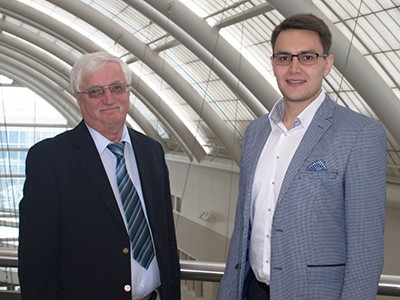
Up, Up And Away
Can helium bond with other elements to form a stable compound? If you’re on Earth, the answer is ‘no.’ But all bets are off if you journey to the center of the Earth or venture to Jupiter or Saturn. USU chemists Alex Boldyrev and Ivan Popov are among a team that demonstrated helium, under high pressure, bonds with sodium to form a stable compound. Our understanding of chemistry has to expand beyond the confines of our planet, Boldyrev says.
Research by Alex Boldyrev and Ivan Popov, USU Department of Chemistry and Biochemistry
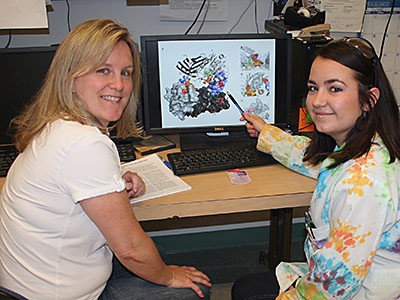
Broken Hearts: Aggies Probe Biochemistry of Cardiovascular Disease
Antioxidants are oft-mentioned ingredients in health foods, but why are they needed? USU biochemists Joanie Hevel and Yalemi Morales say, while humans depend on oxygen for survival, the life-saving element takes a toll on our bodies. During normal metabolism, free radicals and oxidants form, which causes oxidative stress. Enzymes are affected by this condition, which may contribute to heart disease, cancer and other ailments.
Research by Joanie Hevel, and doctoral student Yalemi Morales, USU Department of Chemistry and Biochemistry
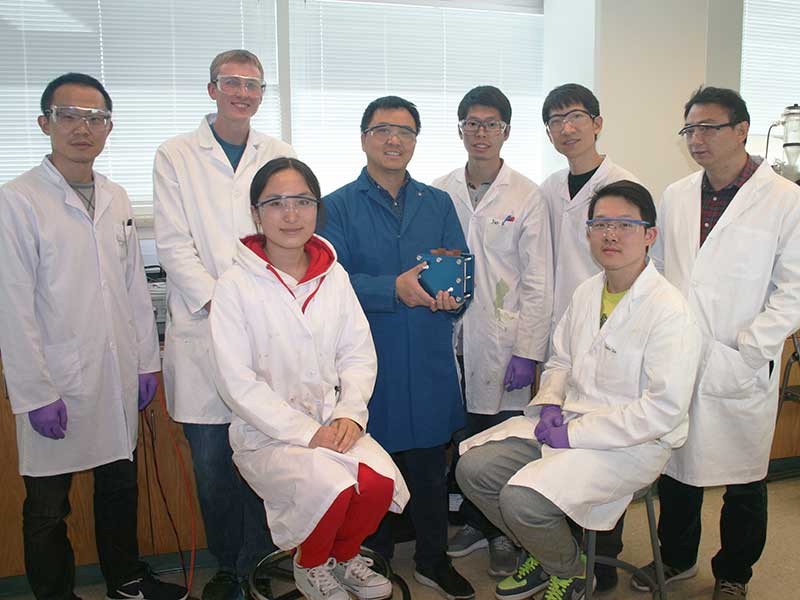
Bundle Of Energy
Today’s electronics demand safer, more compact and less expensive batteries. USU chemist Leo Liu and students are studying magnesium batteries, which offer these advantages and may someday replace lithium-ion batteries. A challenge is unreliable performance, which Liu says, is caused by impurities in the battery’s electrolyte. He and his team discovered adding magnesium powder remedies this obstacle and yields improved performance.
Research by Leo "Tianbiao" Liu, USU Department of Chemistry and Biochemistry
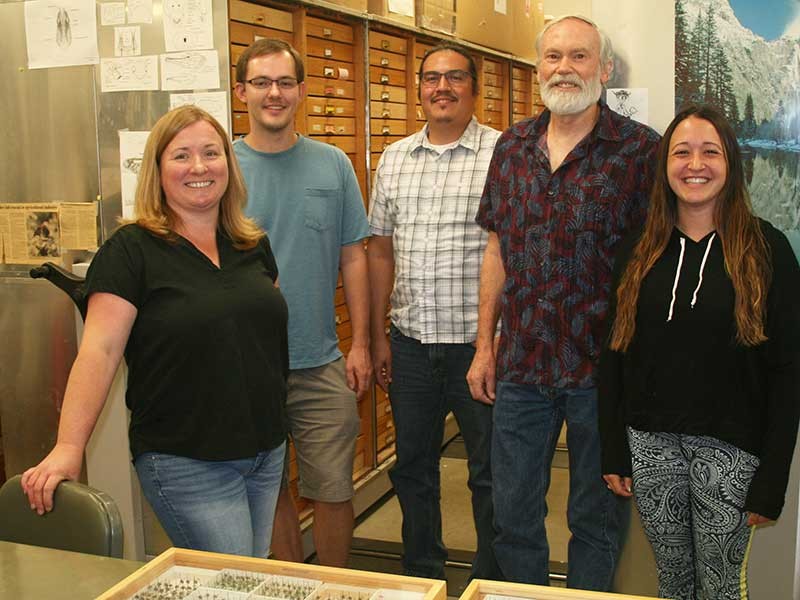
Don’t ‘Bee’ Alarmed
Because many bees nest in stems, twigs and crevasses, they’re adept stowaways. For this reason, customs officials monitor entry of non‐native bee species, inadvertently shipped with imported produce and products, with vigilance. USU and USDA entomologists have developed the new, online Exotic Bee ID guide to help officials intercept invasive species that could harm native bees.
Research by USU and USDA Entomologists
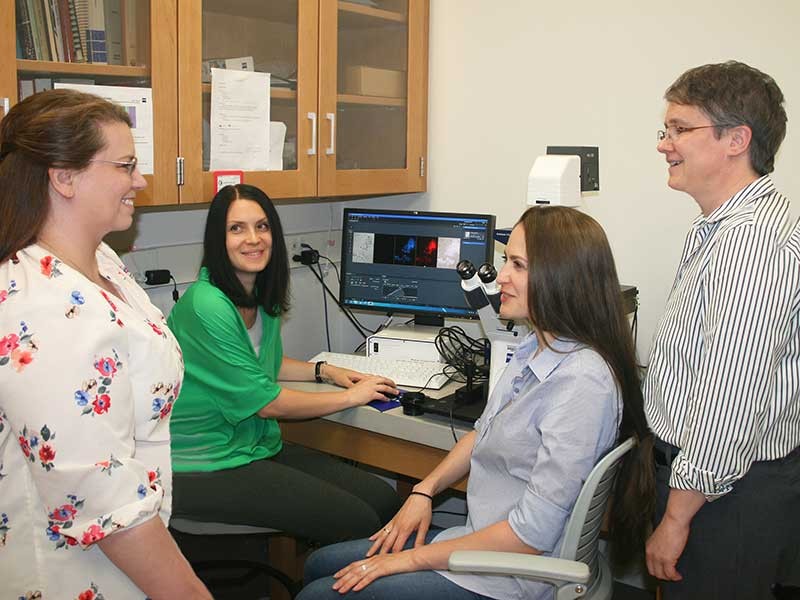
Carbon Monoxide: Friend or Foe?
Because carbon monoxide can be lethal, we equip our homes with monitors and take care not to idle cars in enclosed spaces. But USU scientists say the deadly gas, in small quantities, could save our lives. Aggie chemists are developing tiny molecules that could release carbon monoxide in specific doses, at specific times, at specific locations in the body to reduce inflammation, promote healing and fight cancer.
Research by Lisa Berreau and Abby Benninghoff, USU Department of Chemistry and Biochemistry
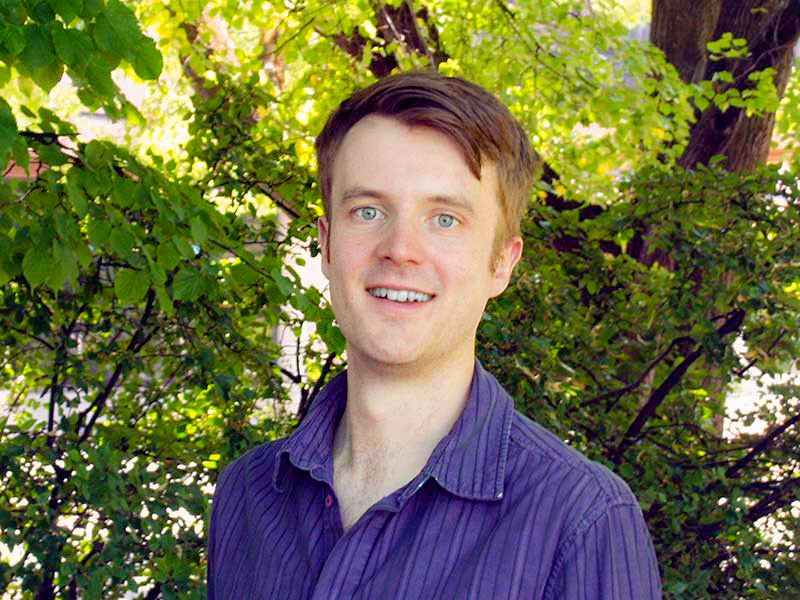
Power in Numbers
USU biologist Will Pearse is using data from the National Science Foundation’s massive National Ecology Observatory Network to look into the future. With information collected from the coast‐to‐coast network, known as ‘NEON,” Pearse will use evolutionary history to address practical ecological challenges, including wildfire, pest beetle outbreaks in forests and insect‐borne diseases.
Research by Will Pearse, USU Department of Biology
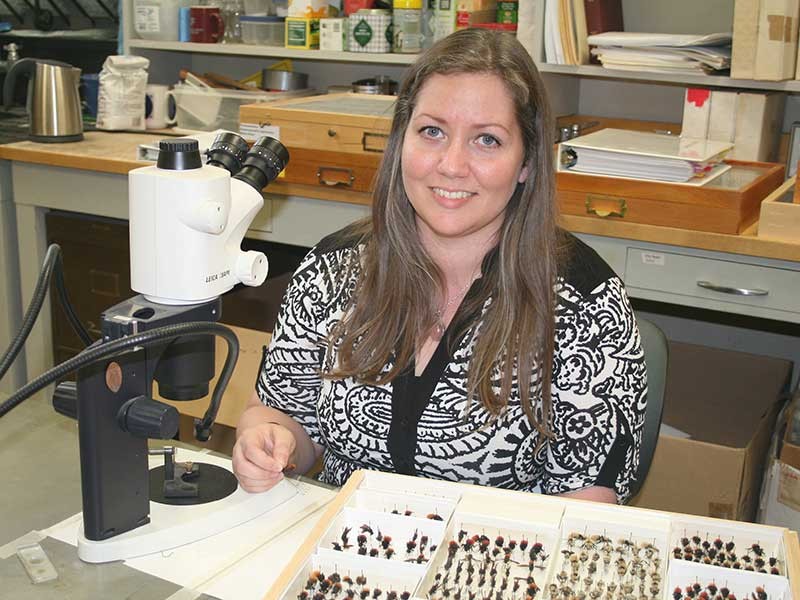
Bark Worse than Bite?
That pointy thing sticking out of a bee or wasp? It’s technically known as a “sting,” even though most of us call it a “stinger.” Technicalities aside, USU entomologists report the length of a sting may indicate how badly it will hurt. In a study of 14 families of wasps, ants and bees, Aggie scientists found the longer the sting, the worse the pain, but the lower the toxicity. Insects with short stings may carry more venom.
Research by Emily Salder, USU Department of Biology
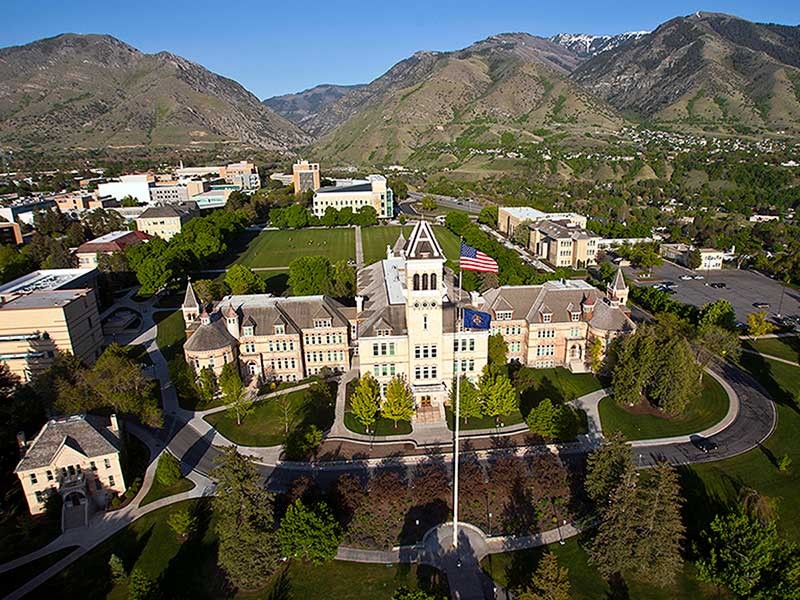
The Intriguing Remnants of Lake Bonneville
Many Utahns have heard of Lake Bonneville, but not as many know about the unique imprint it left on northern Utah and southern Idaho. The ancient Pleistocene lake, of which the Great Salt Lake is a remnant, covered nearly 32,000 square miles at its peak. In the new, online video “Geological Highlights of Cache Valley,” USU geologists describe the region’s geology, including ‘bathtub rings’ left by the huge body of water.
Video by Joel Pederson, USU Department of Geosciences
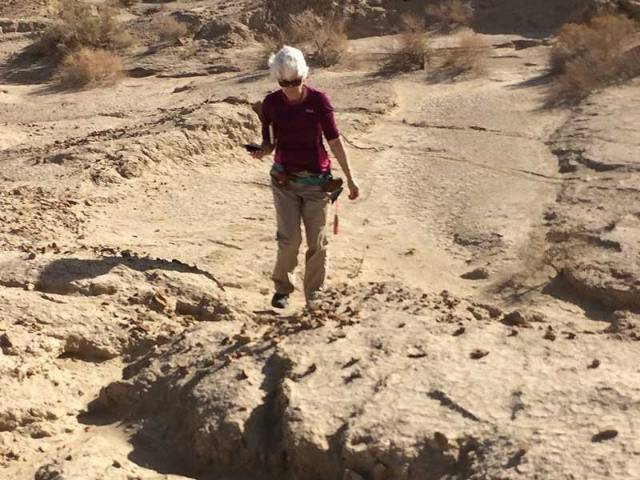
Likely Site of California’s Next ‘Big One’
In 1905, the Colorado River, swollen with heavy rainfall and snowmelt, surged into a dry lake bed along California’s San Andreas Fault and formed the Salton Sea. USU geologist Susanne Jänecke says the flood’s sediment obscured a critical portion of the fault zone. She and colleagues documented the segment, known as “Durmid Ladder,’ which, she says, is the likely site of the region’s next major earthquake.
Research by Susanne Jänecke, USU Department of Geosciences
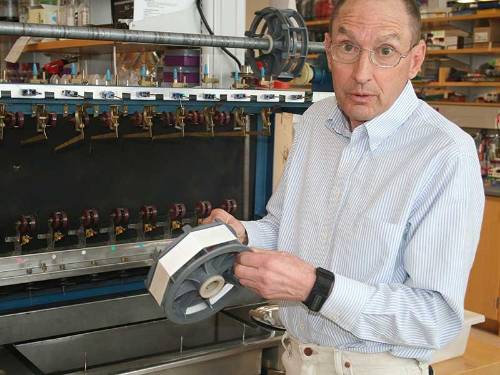
Dead in the Water
A device the U.S. Navy is developing with USU biologists conjures images you’d expect in a James Bond thriller. Aggie scientists are sharing expertise they’ve developed in producing synthetic spider silk to help the Navy manufacture synthetic slime from hagfish proteins. Slime from the eel‐like creature greatly expands in seawater. Combined with spider silk, it will wrap relentlessly around boat propellers, effectively foiling smugglers, pirates or terrorists.
Research by Justin Jones and Randy Lewis, USU Department of Biology
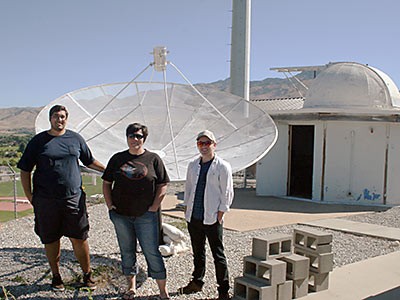
Repurposed Radio Telescope
USU undergrad physicists use cast-off equipment to build an on-campus radio telescope to map the Milky Way Galaxy. Using a repurposed dome brought to Utah State in the 1970s and a recycled satellite dish from Utah Public Radio, researchers are measuring radio waves from celestial objects. The observatory provides a teaching lab for new students to learn how to collect, read and analyze data.
Research by USU Department of Physics
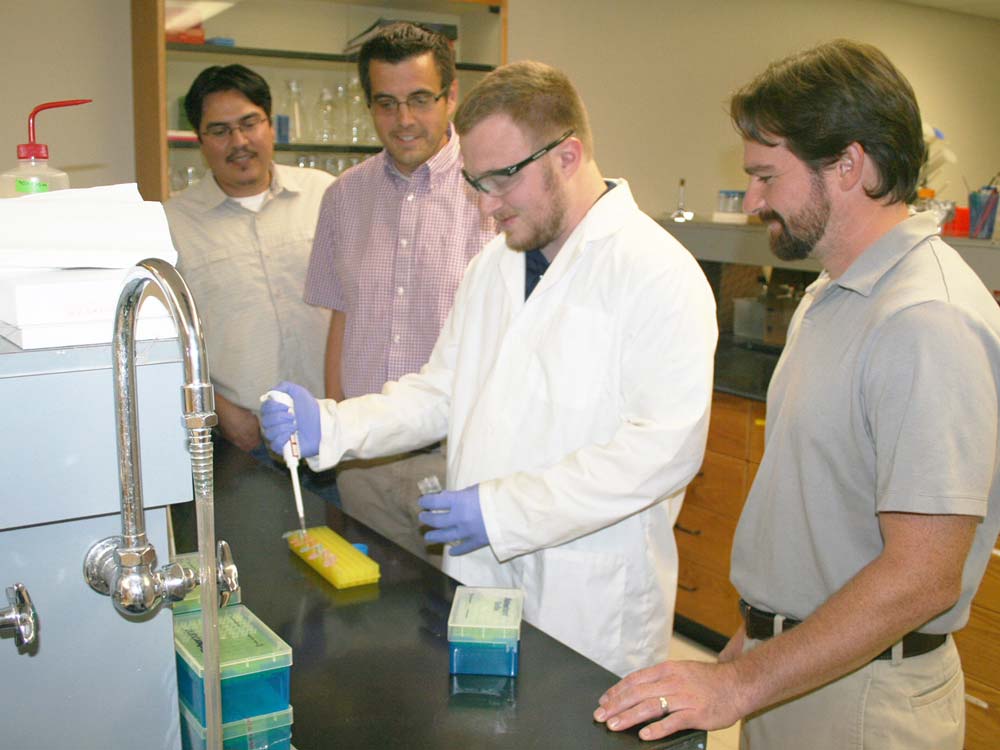
Ticked Off: Lyme Disease-Carrying Ticks in Utah
The bad news is Lyme disease can be a debilitating, hard-to-diagnose illness. The good news is your likelihood of contracting the bacterial infection in Utah is low.
Research by Scott Bernhardt, USU Department of Biology
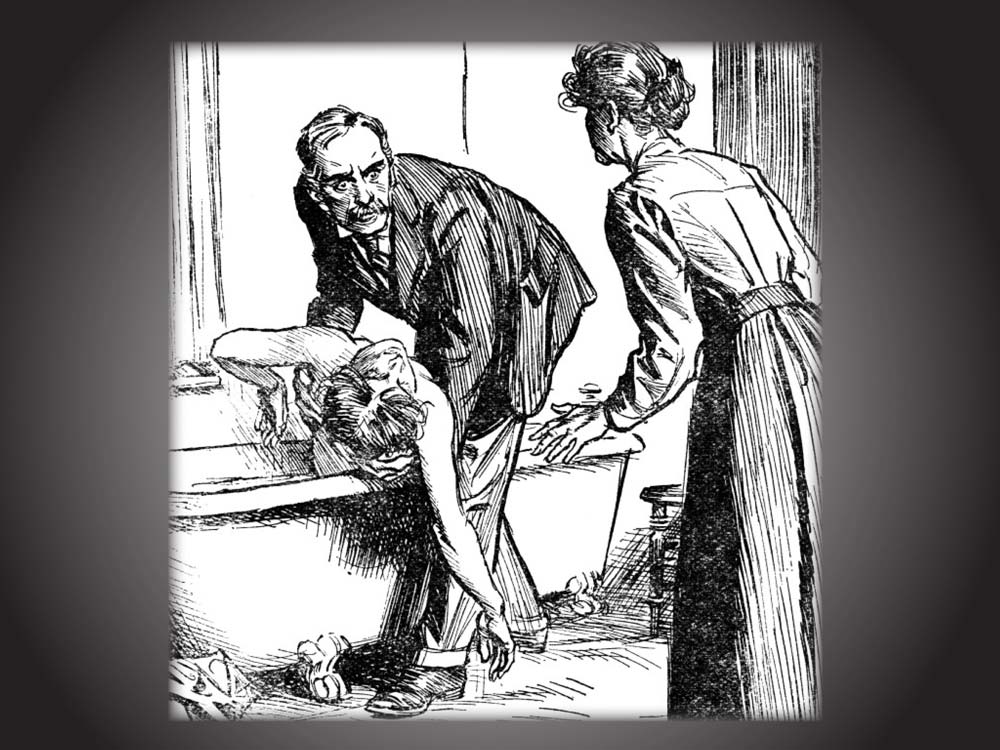
Doctrine of Chances: Do the Math, Do the Time
In 1915, a bereaved British vicar and a nosey landlady discovered a serial killer, whose trial resulted in an English Common Law rule USU mathematicians say could aid sexual assault convictions.
Research by Ryan Wallentine, David Brown, USU Department of Mathematics and Statistics
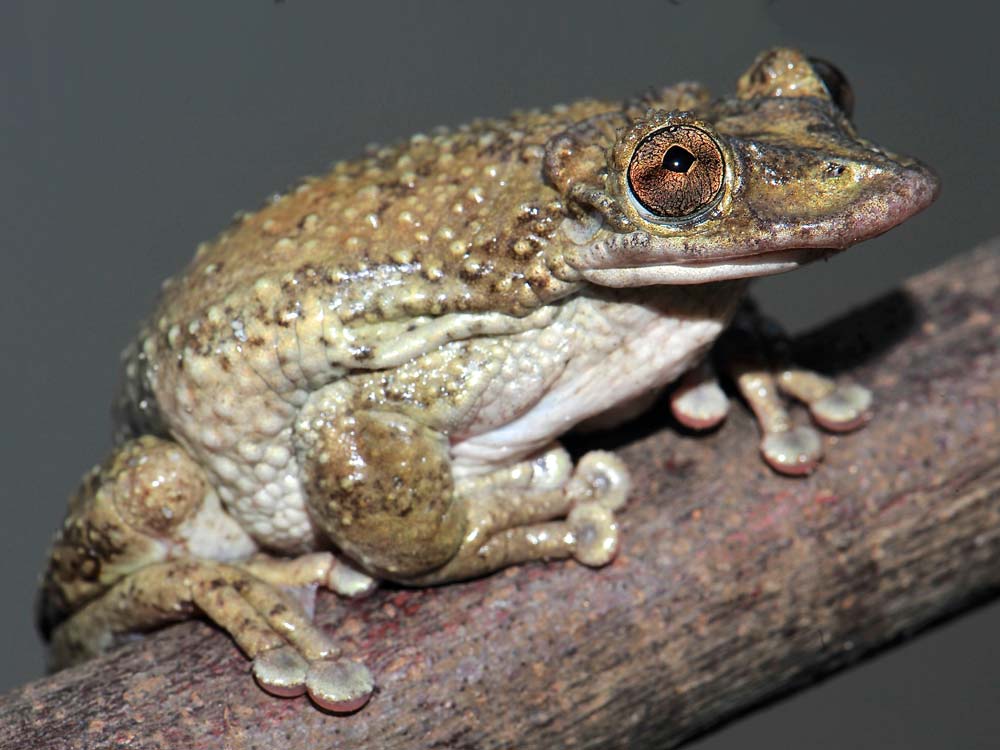
Lethal Headers: USU Biologist Aids Discovery of Venomous Frogs
USU biologist Butch Brodie is among a team of scientists who identified the first known venomous frogs. Found in Brazil, the frogs use sharp spines on their skulls to head-butt predators.
Research by Butch Brodie, USU Department of Biology and USU Ecology Center
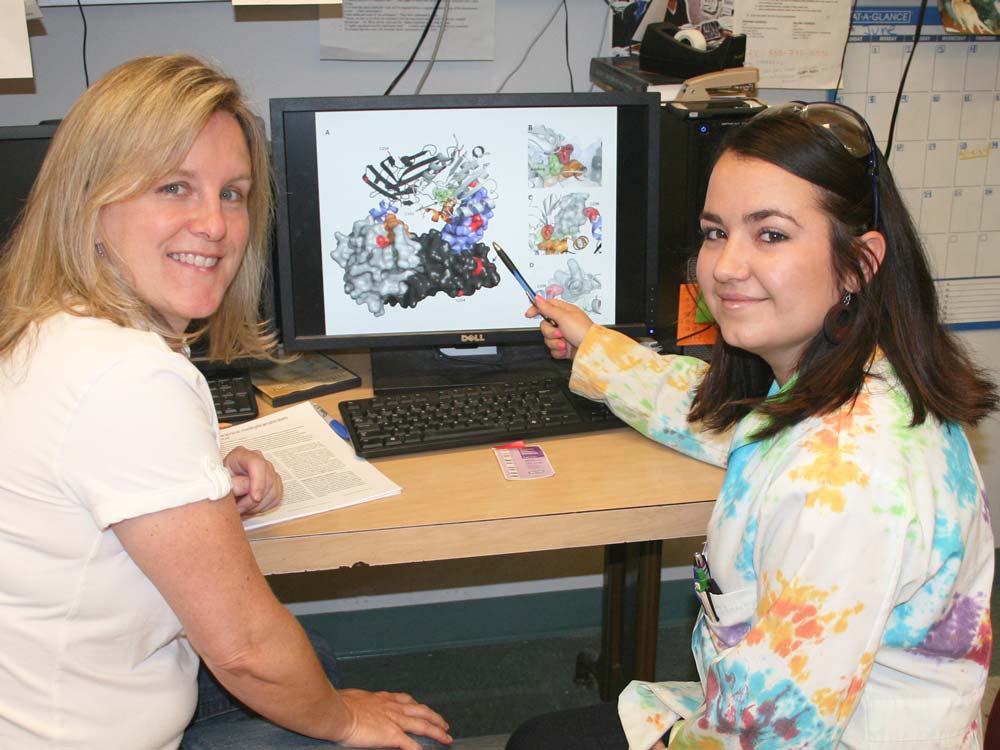
Broken Hearts: Aggies Probe Biochemistry of Cardiovascular Disease
While humans depend on oxygen for survival, USU biochemists Joanie Hevel and Yalemi Morales report the life-saving element takes a toll on our bodies .
Research by Joanie Hevel, Yalemi Morales, USU Department of Chemistry and Biochemistry
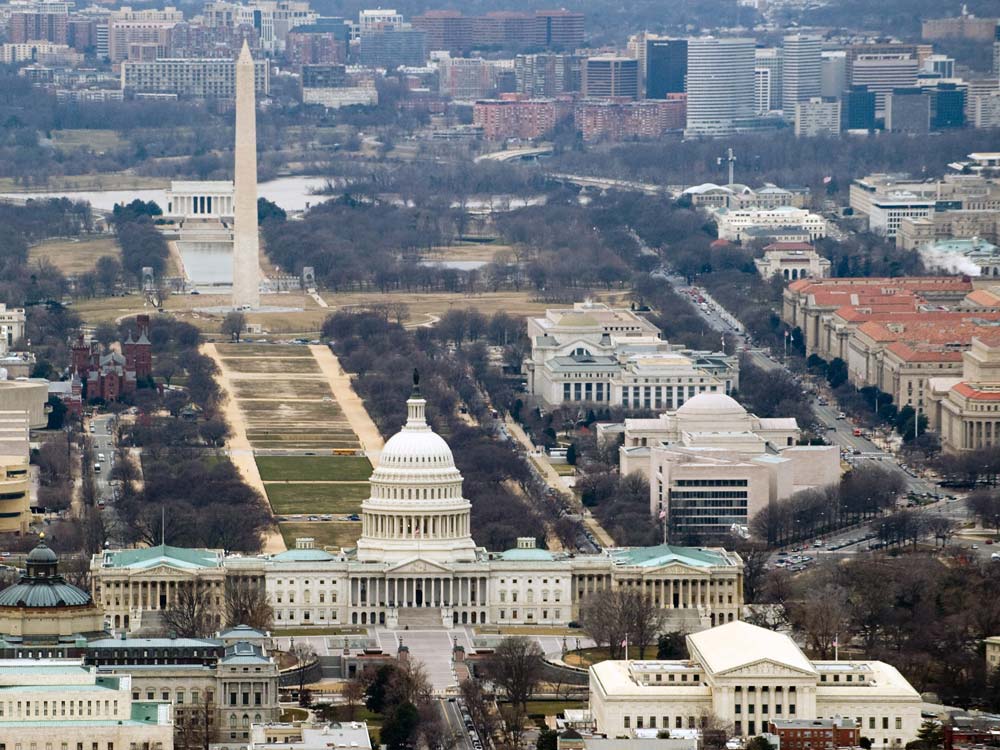
Nation’s Capital Sinking, Safety Measures Needed Now
USU geologist Tammy Rittenour says, within the next century, Washington, D.C. could drop by half a foot, making it increasingly vulnerable to sea rise.
Research by Tammy Rittenour, USU Department of Geology
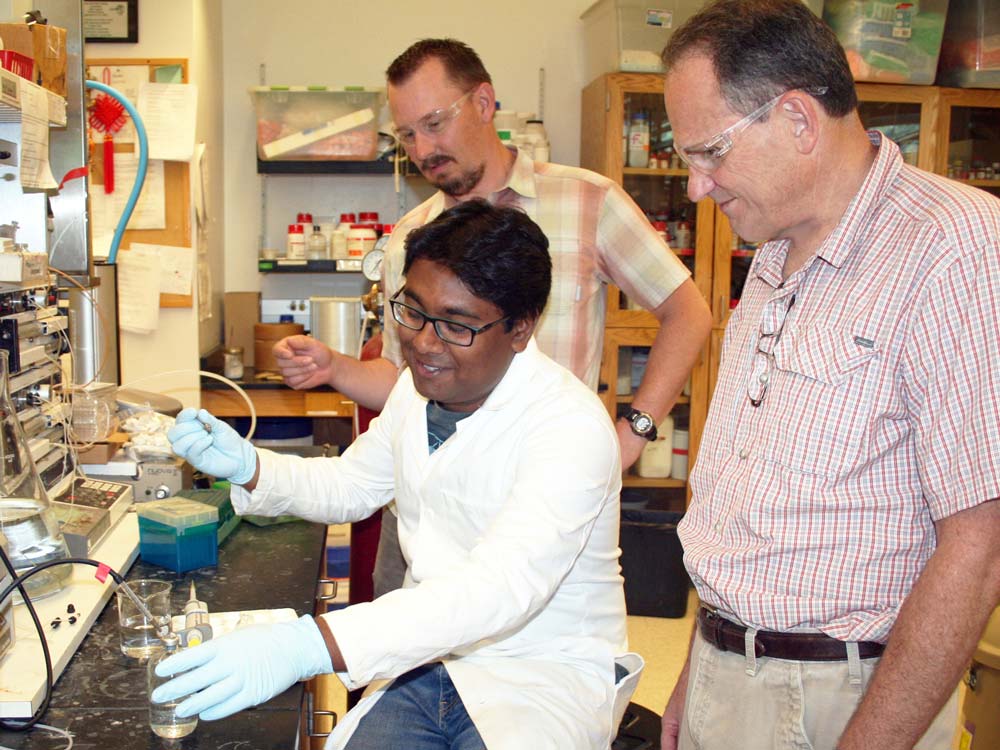
Challenging Limits: USU Biochemists Aid Grasp of Life-Critical Enzyme
The century-old Haber-Bosch process revolutionized agriculture. USU biochemists are seeking environmentally friendly alternatives that could, once again, revolutionize how the world grows food.
Research by Lance Seefeldt, USU Department of Chemistry and Biochemistry
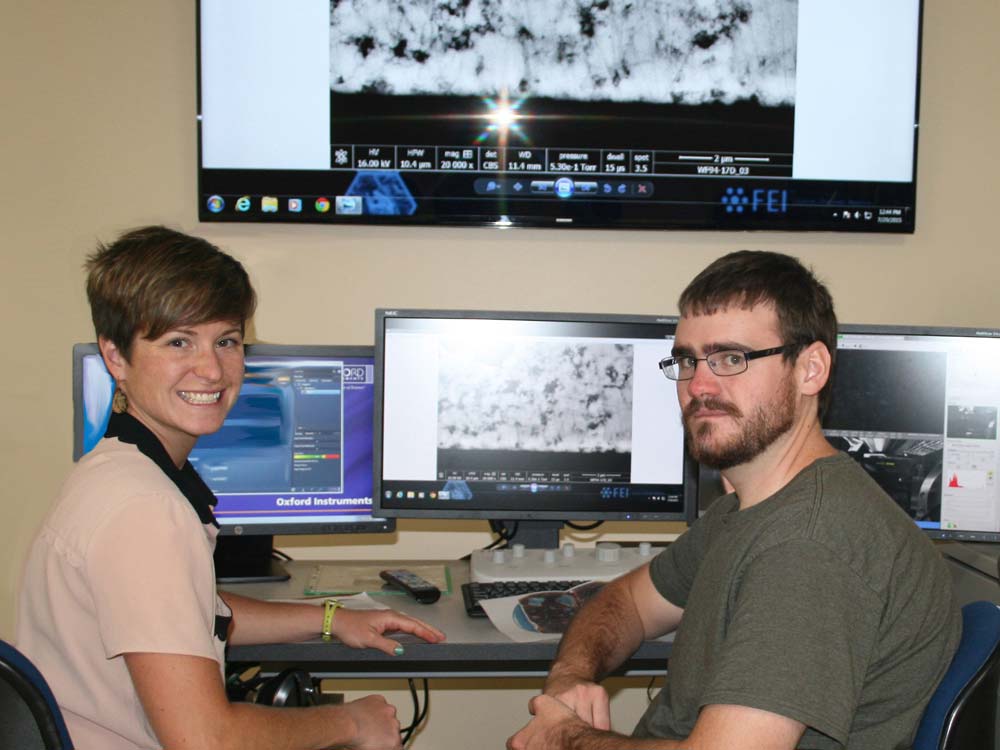
Technology Unlocks Utah’s Ancient Past
What caused Utah’s Wasatch Fault? USU geologists are using a scanning electron microscope to examine heat signatures left on rocks millions of years ago.
Research by Alexis Ault, USU Department of Geology
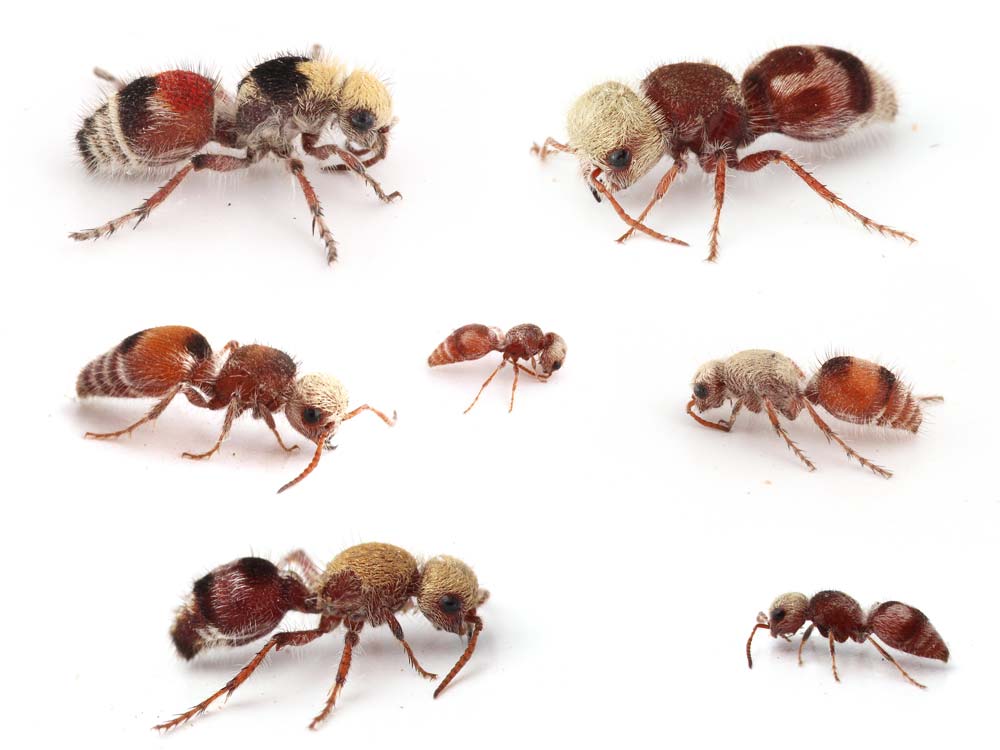
USU Biologists Discover North America’s Largest Mimicry Complex
Mimicry is a form of defense, in which an animal evolves a close resemblance to another species to avoid predators. USU biologists have identified North American’s largest Müllerian mimicry complex.
Research by Joe Wilson, James Pitts, USU Department of Biology and USU Ecology Center
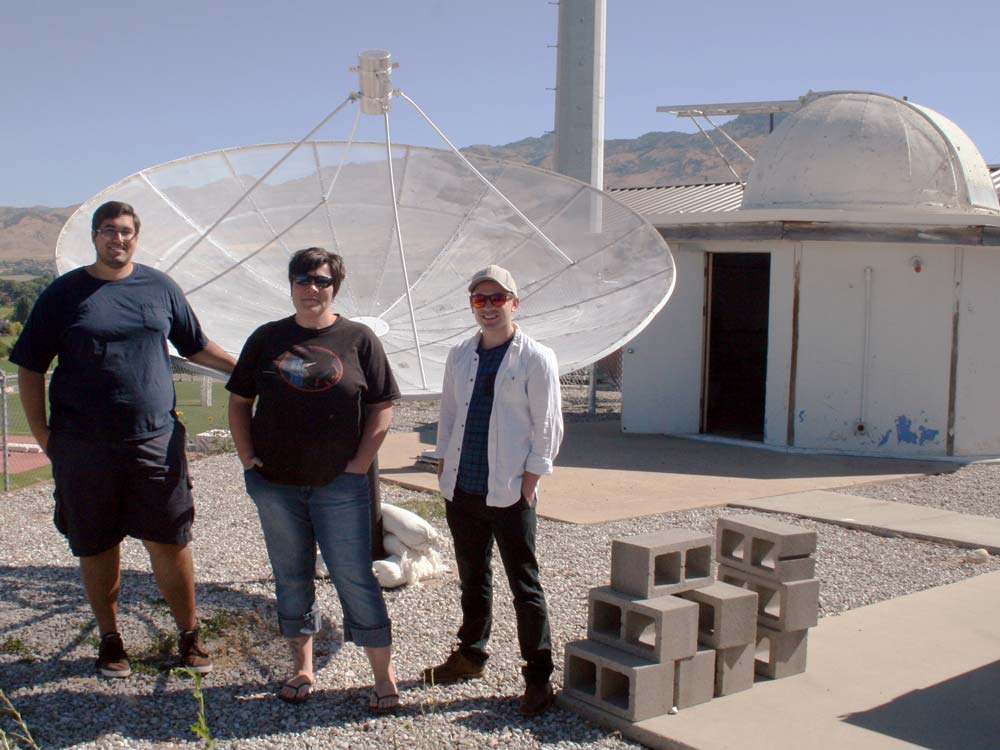
Ultimate Maker Project: USU Physicists Map the Galaxy
Using cast-off equipment, resourceful USU physicists have built a radio telescope to map the Milky Way Galaxy.
Research by Kenneth Zia, Vanessa Chambers, Bryant Ward, USU Department of Physics
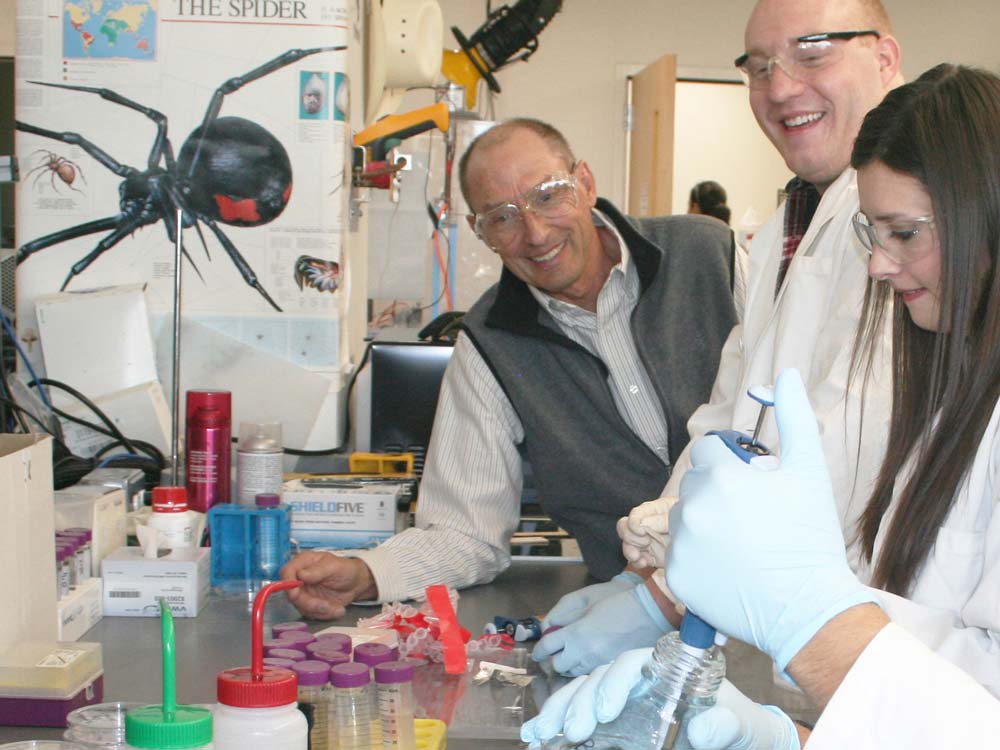
USU Synthetic Spider Silk New Tool Against Infection
Life-threatening infection is an ominous hazard hanging over every invasive medical procedure. USU biologists are investigating use of synthetic spider silk, which doesn’t cause an immune response or inflammation, for medical implants, adhesives and coatings.
Research by Randy Lewis, USU Department of Biology
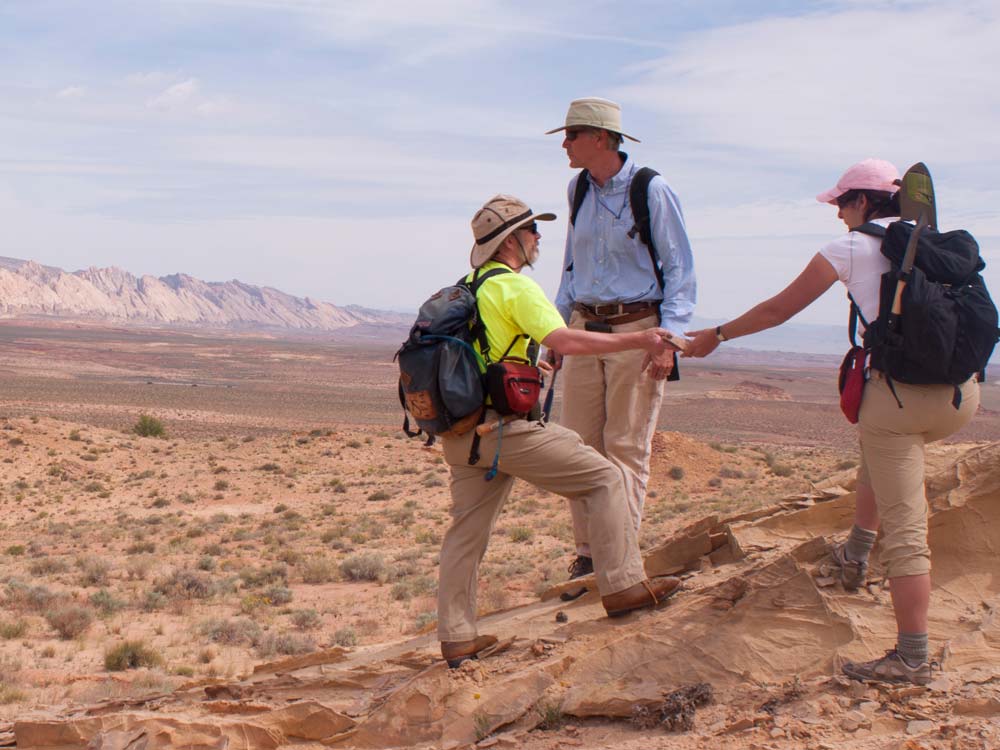
Keep a Lid on It: USU Geologists Probe Geologic Carbon Storage
Effective man-made carbon capture and storage may be possible in underground reservoirs, say USU geologists.
RResearch by Jim Evans, Elizabeth Petrie, USU Department of Geology
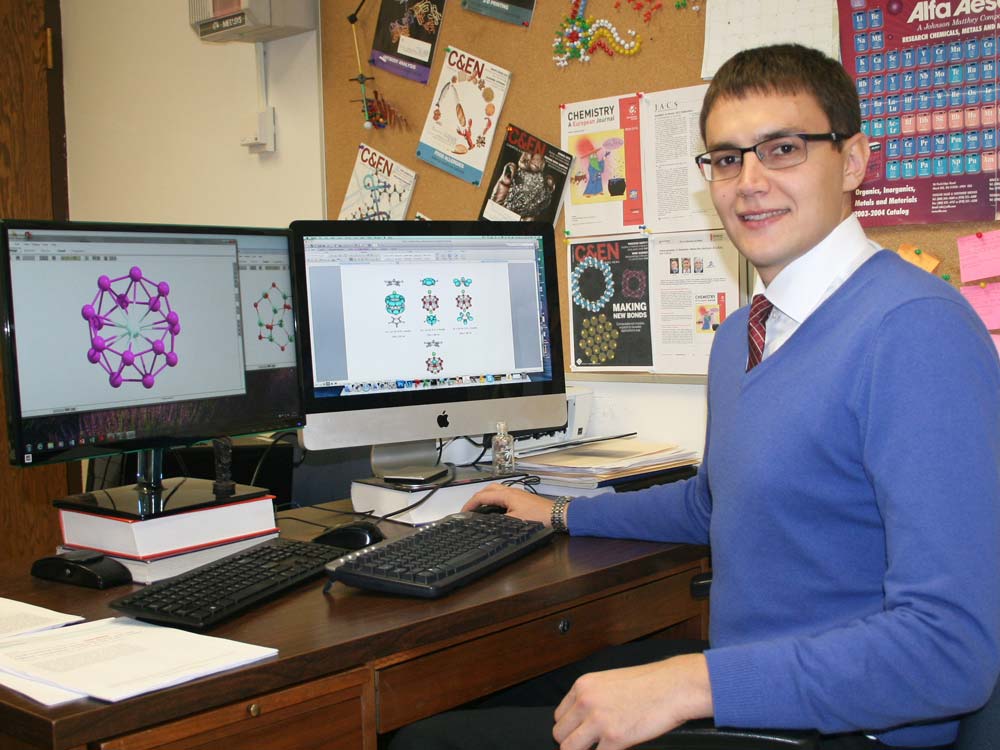
USU Chemists Observe Molecular ‘Drum’ that Beats Record
USU chemists are among a multi-university team that observed a three-dimensional cobalt-boron clusters that sets a new coordination record in chemistry.
Research by Alex Boldyrev, Ivan Popov, USU Department of Chemistry and Biochemistry
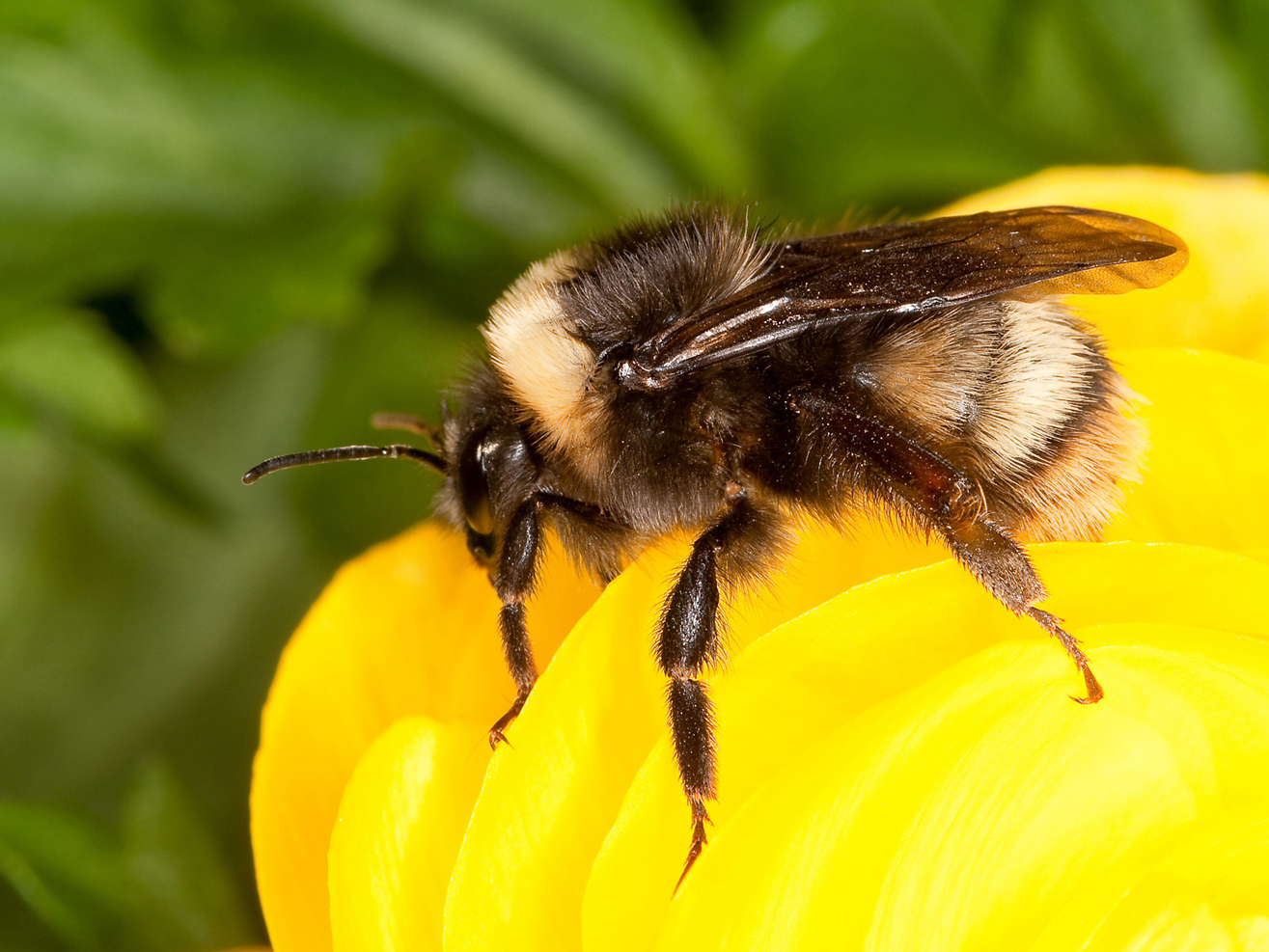
Social Bees
When we think of bees, we often envision a busy, communal hive. But not all bees live in cooperative harmony. Some are “lone rangers.”
Research by Karen Kapheim, USU Department of Biology
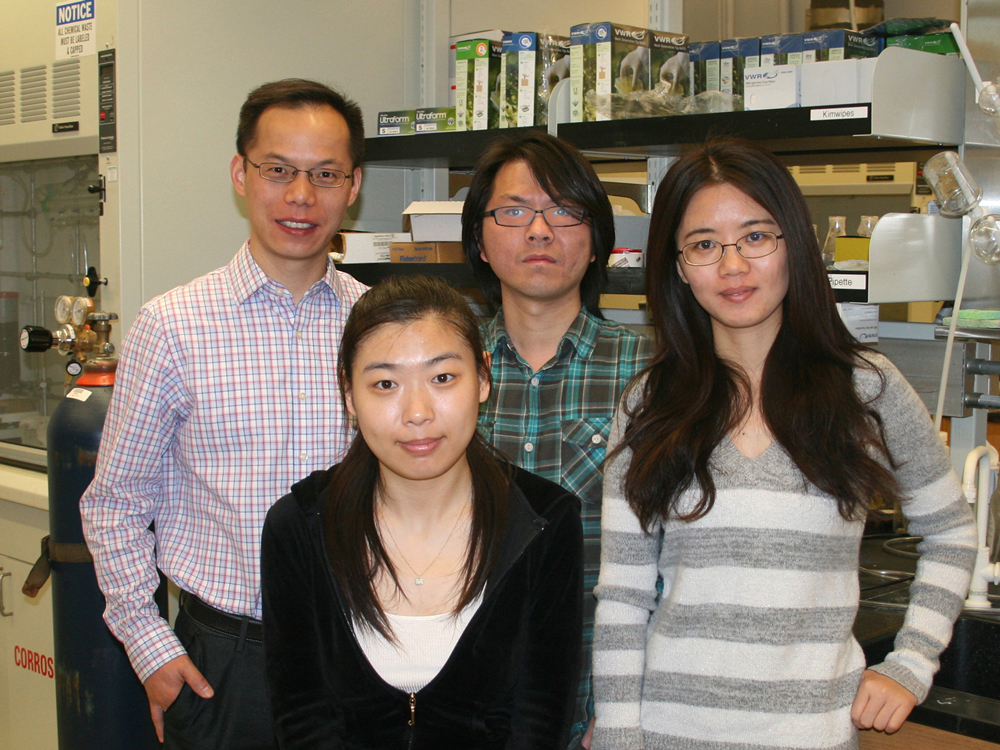
Splitting the Difference: Water Catalysis
“Water Splitting” is the chemical reaction in which water is separated into oxygen and hydrogen. Necessary for sustainable energy production, a cost-effective method for large-scale water splitting remains elusive.
Research by Yujie Sun, USU Department of Chemistry and Biochemistry
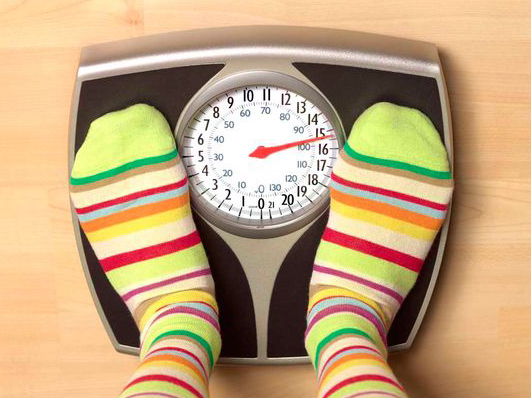
Are Genes Why We Can't Fit In Jeans?
Certain fats activate receptors in our bodies that make sweet and salty foods taste better. Craving fats was important for our ancient ancestors, but presents a challenge for current-day humans.
Research by Tim Gilbertson, USU Department of Biology
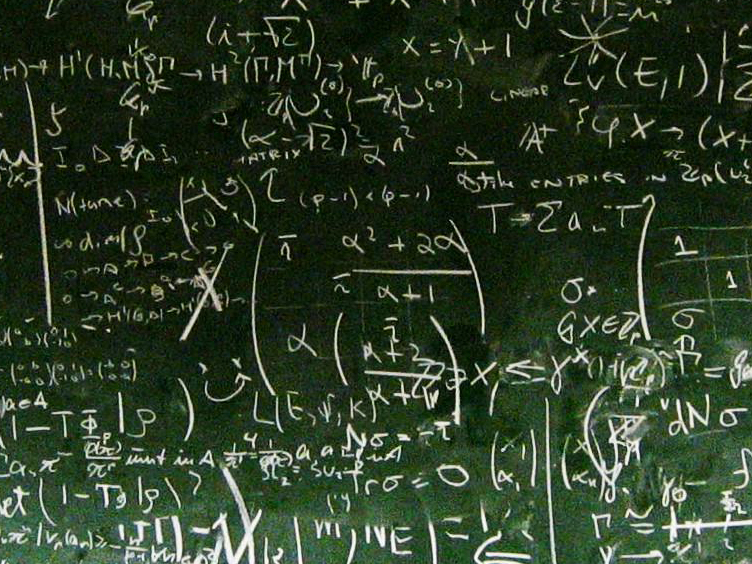
Math's a Marathon, Not a Sprint
Students often get discouraged with math because they can’t solve problems immediately, but “getting stuck” is part of the learning process.
Research by Nathan Geer, USU Department of Mathematics and Statistics
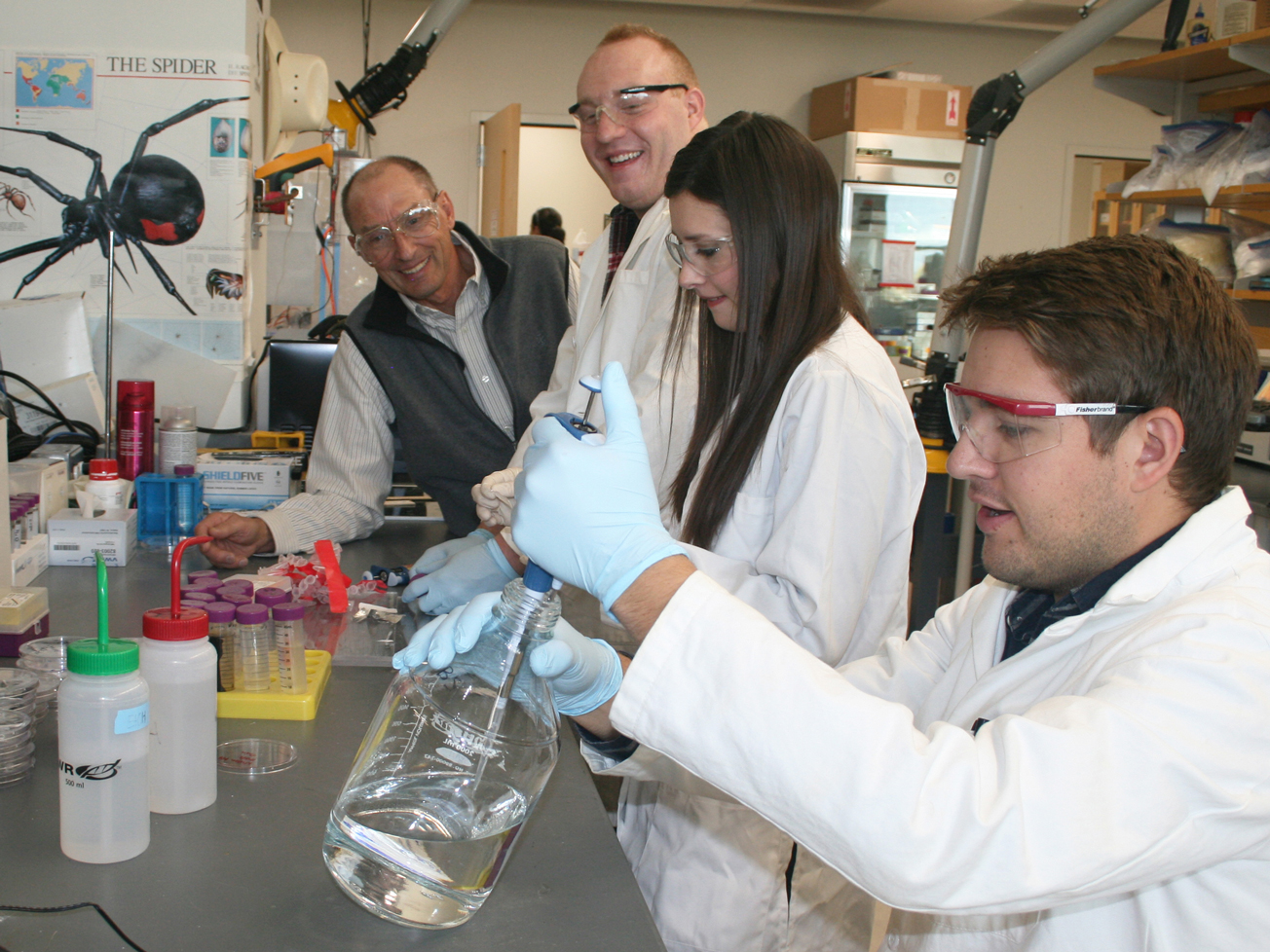
'Watershed' Breakthrough in Synthetic Spider Silk Production
Nature offers a safe solvent, water, to produce commercial-scale quantities of synthetic spider silk for medical applications, body armor and more.
Research by Randy Lewis, USU Department of Biology
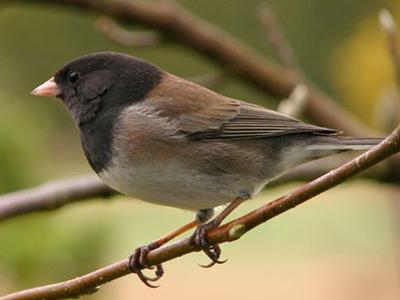
Early Bird Gets the Worm
Sparrows that assert their superiority early are more likely to be successful foragers and avoid predators, which increases their chance of survival.
Research by Kimberly Sullivan, USU Department of Biology
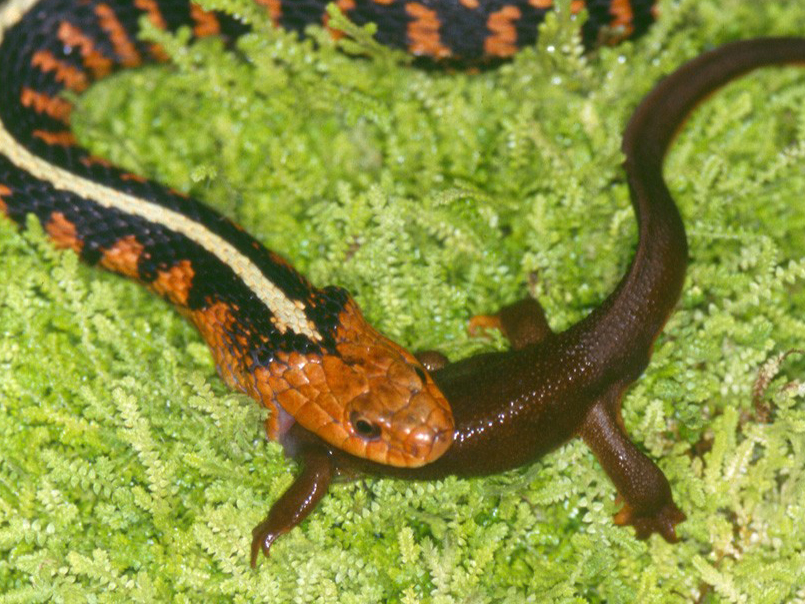
Snakes Vault Past Newts in Deadly Evolutionary Arms Race
North American garter snakes have evolved an amazing resistance to a deadly neurotoxin found in one of their favorite foods: newts
Research by Butch Brodie, USU Department of Biology
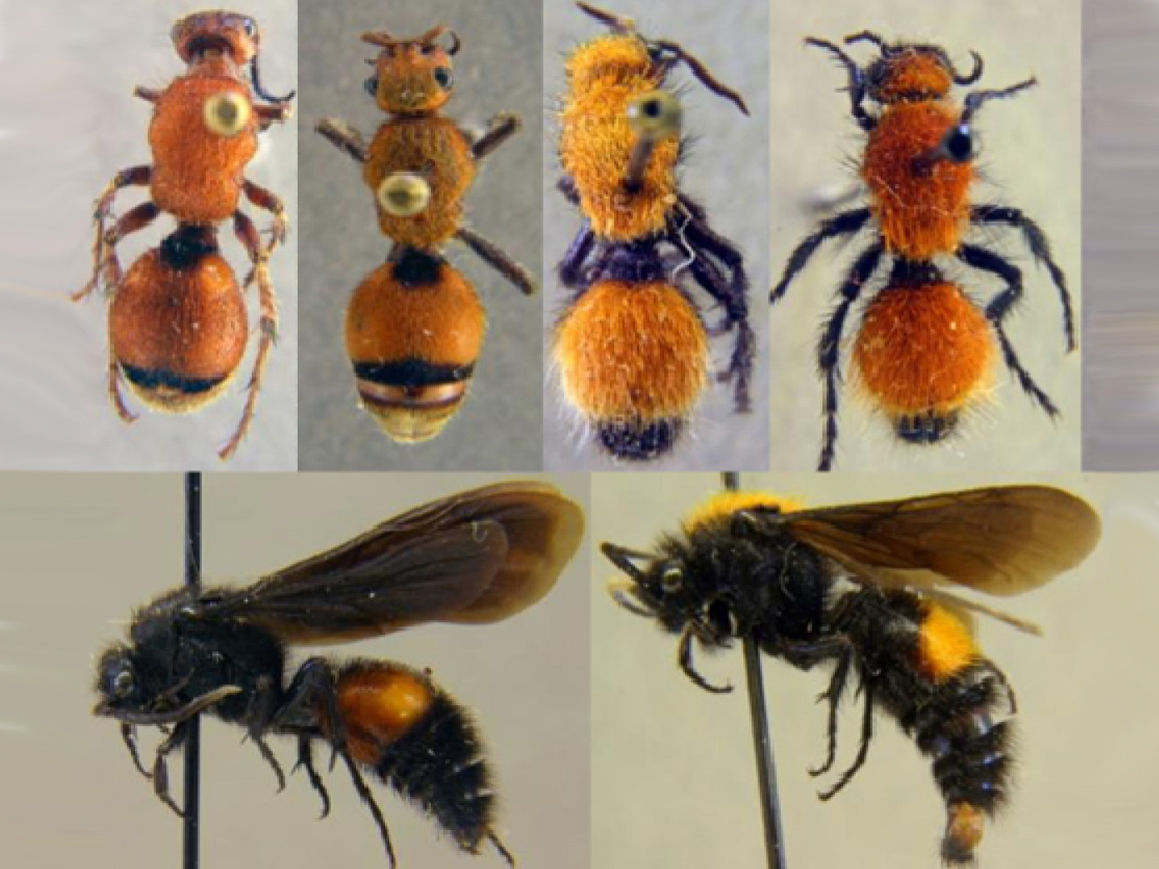
Sub-Zero Heroes: Ice Age Fostered New Species
Relatively recent glacial action, rather than mountain uplift, contributed to the evolution of some new species.
Research by James Pitts, USU Department of Biology
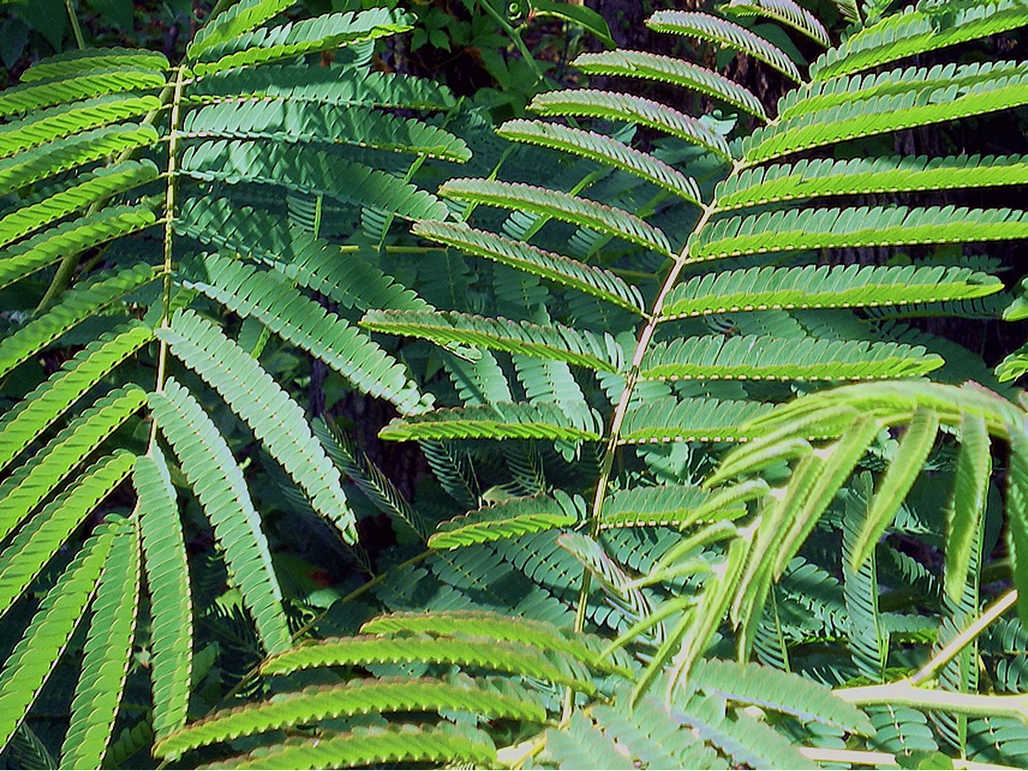
Evolution: Not Always Advancement
Evolution doesn’t always implies progression toward something better. Rather, it’s a mechanical process that favors organisms better suited to a particular environment at a particular time.
Research by Paul Wolf, USU Department of Biology
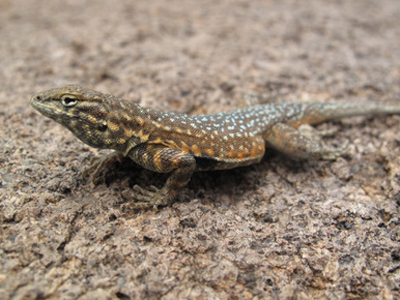
Small Lizard Offers Insight on Large Changes
Are environmental changes, including those caused by human disturbances, resulting in changes in stress response and immune function of the common side-blotched lizard?
Research by Susannah French, USU Department of Biology
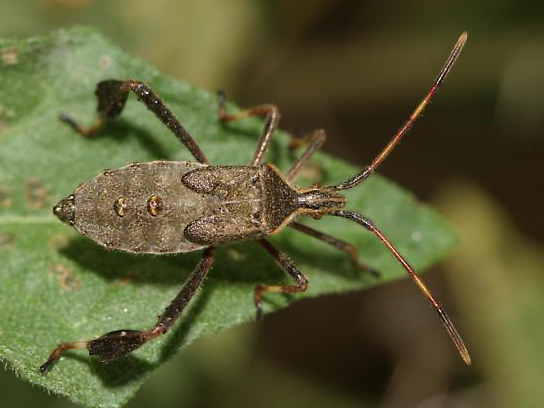
Balancing Bugs
Biorational approaches to integrated pest management, which affect insects’ communication systems, are viable alternatives to harmful pesticides.
Research by Diane Alston, USU Department of Biology
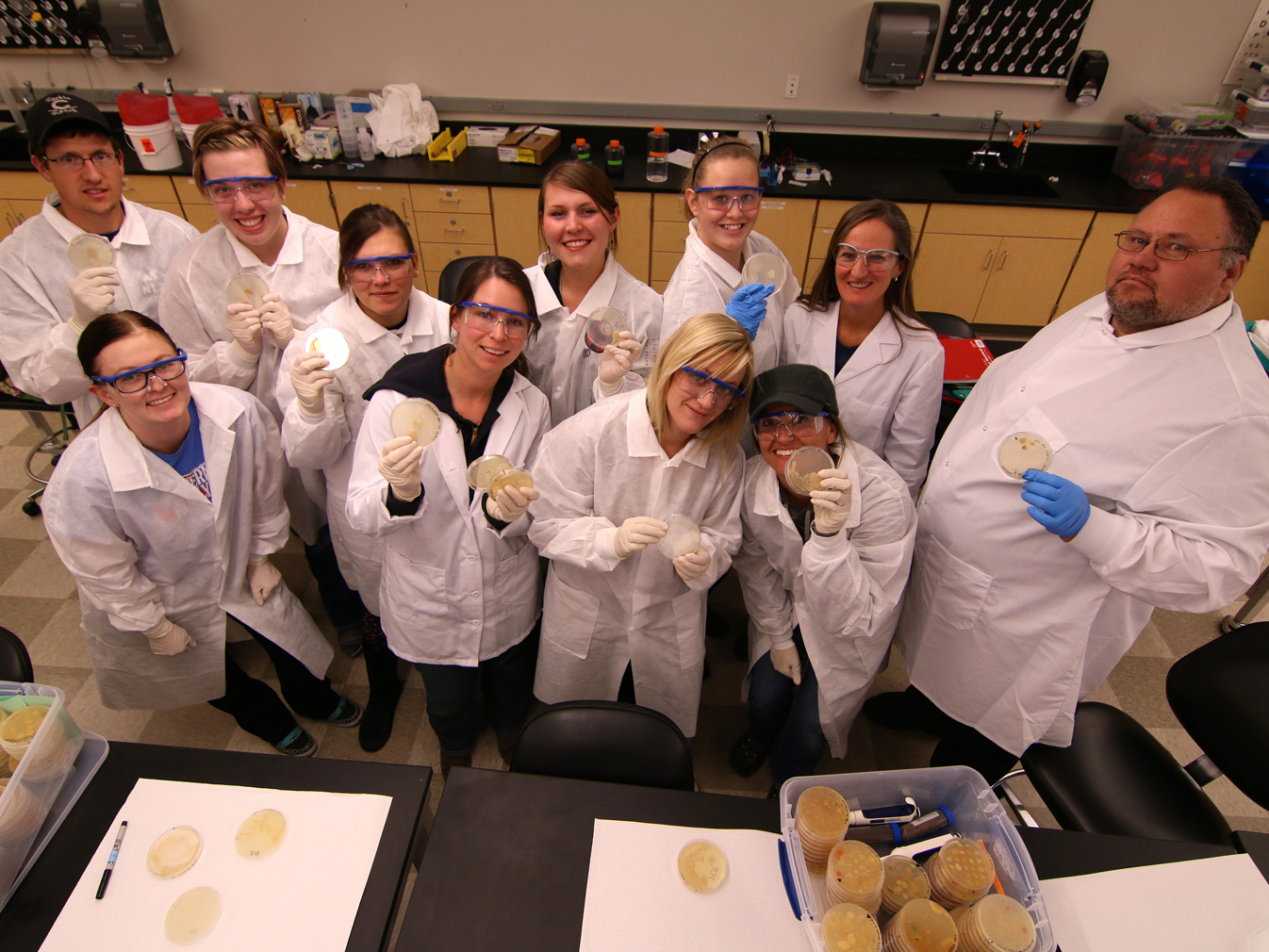
Small World, Big Health Challenges
To address the frightening challenge of increasing drug-resistant pathogens, USU biology students are on the hunt for new antibiotics from soil samples.
Research by Lianna Etchberger, USU Department of Biology



